The Historical Significance of Blount Mansion
Nestled in the heart of Knoxville, Tennessee, the Blount Mansion is a testament to the early American frontier’s political and social landscape. Constructed in 1792, this historic home belonged to William Blount, a figure whose contributions to the United States’ formation are monumental.
President George Washington appointed Blount as the sole territorial governor of the Southwest Territory. His residence, more than a home, doubled as the territory’s capitol, laying the groundwork for Tennessee’s statehood.
William Blount’s legacy is intricately tied to the mansion. As a signer of the U.S. Constitution, Blount played a pivotal role in shaping the nation’s foundational document. His influence extended beyond national politics into the very fabric of Tennessee’s state identity.
Within his office at Blount Mansion in 1796, a significant portion of the Tennessee Constitution was crafted. This act of governance underscored the mansion’s role as a political hub, marking it as a site of significant historical importance.
Tennessee state historian John Trotwood Moore aptly described Blount Mansion as “the most important historical spot in Tennessee,” a sentiment echoed by historians and visitors alike.
The mansion’s historical footprint is further distinguished by its architectural significance. At a time when log cabins dotted the Tennessee landscape, the Blount Mansion emerged as a wood-frame anomaly, its materials painstakingly brought from North Carolina.
This architectural choice reflected Blount’s wealth, status, and vision for a more permanent and influential capital. The mansion’s construction heralded a new era of architectural design in the region, setting a precedent for future developments.
Today, the Blount Mansion is more than a historical landmark; it is a gateway to understanding the early political dynamics of the United States and Tennessee’s pivotal role.
Visitors to Knoxville are encouraged to explore this historic site, making it a top item on the list of things to do in Knoxville, Tennessee.
Through tours and educational programs, the mansion continues to teach us about the people and events that shaped the nation’s early years, ensuring that the legacy of William Blount and the significance of the Blount Mansion endure for generations to come.
Architectural Marvels of the 18th Century
The Blount Mansion, built in 1792, stands out as an architectural marvel in Knoxville, Tennessee. Unlike the prevalent log cabins of the era, this mansion was constructed using wood-frame techniques, a rarity in the late 18th century in Tennessee.
The materials for this grand home were sourced from North Carolina, showcasing the effort and resources invested in creating a residence that was both a personal home and a territorial capitol.
USA Quiz
How many questions would you like?
William Blount has overseen the mansion’s design and construction, aiming to establish it as a symbol of permanence and prosperity in the newly formed Southwest Territory.
The mansion’s structure is a testament to the architectural ingenuity of the time. It features a two-story central portion, the oldest part of the home, flanked by one-story wings on either side.
The west wing initially believed to have been an outbuilding, was later attached to the main house, possibly serving as servants’ quarters at one point.
The east wing added last, might have been completed as late as 1820, further expanding the mansion’s footprint. Each section of the mansion was meticulously designed to fulfill its inhabitants’ functional needs and the ceremonial duties of a territorial capitol.
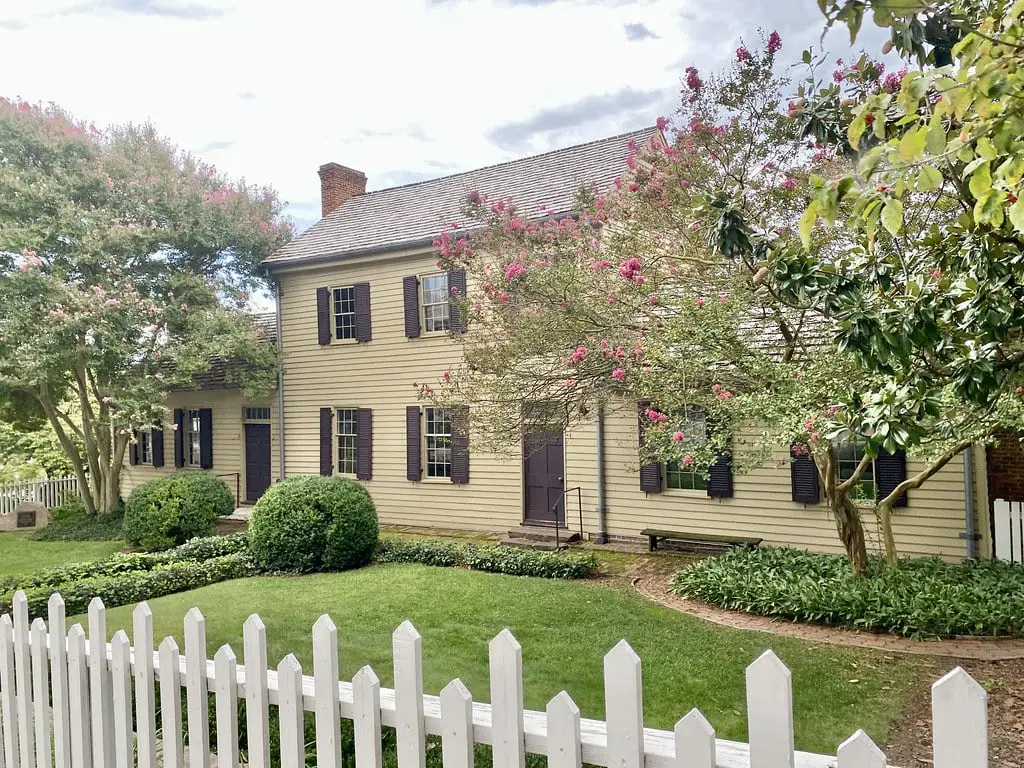
One of the most intriguing aspects of the mansion’s design is the detached kitchen, a common feature in homes of that period to reduce the risk of fire spreading to the living quarters.
Blount’s office, a separate one-story building, played a crucial role in the administration of the Southwest Territory.
These architectural choices reflect the practical considerations of the time, as well as the social and political status of William Blount.
The mansion, with its unique design and construction, not only served as a home for the Blount family but also as a beacon of governance and civilization on the frontier.
The Preservation Efforts of the 20th Century
By the early 20th century, the Blount Mansion had fallen into disrepair, facing the threat of demolition to make way for a parking lot for the newly constructed Andrew Johnson Hotel.
This alarming prospect mobilized the Knoxville community and formed the Blount Mansion Association in 1926.
A significant publicity campaign to save the mansion was spearheaded by Mary Boyce Temple, the Daughters of the American Revolution, and the East Tennessee Historical Society.
Their efforts culminated in the successful purchase of the mansion in 1930, thanks to the funds raised by the association and its supporters.
The Blount Mansion Association’s commitment to restoring the mansion to its late 18th-century appearance was monumental.
They embarked on numerous renovations, removing later additions that did not align with the original structure and furnishing the mansion with period-appropriate pieces.
These restoration efforts concerned preserving a building and reclaiming a vital piece of Tennessee’s and the nation’s history.
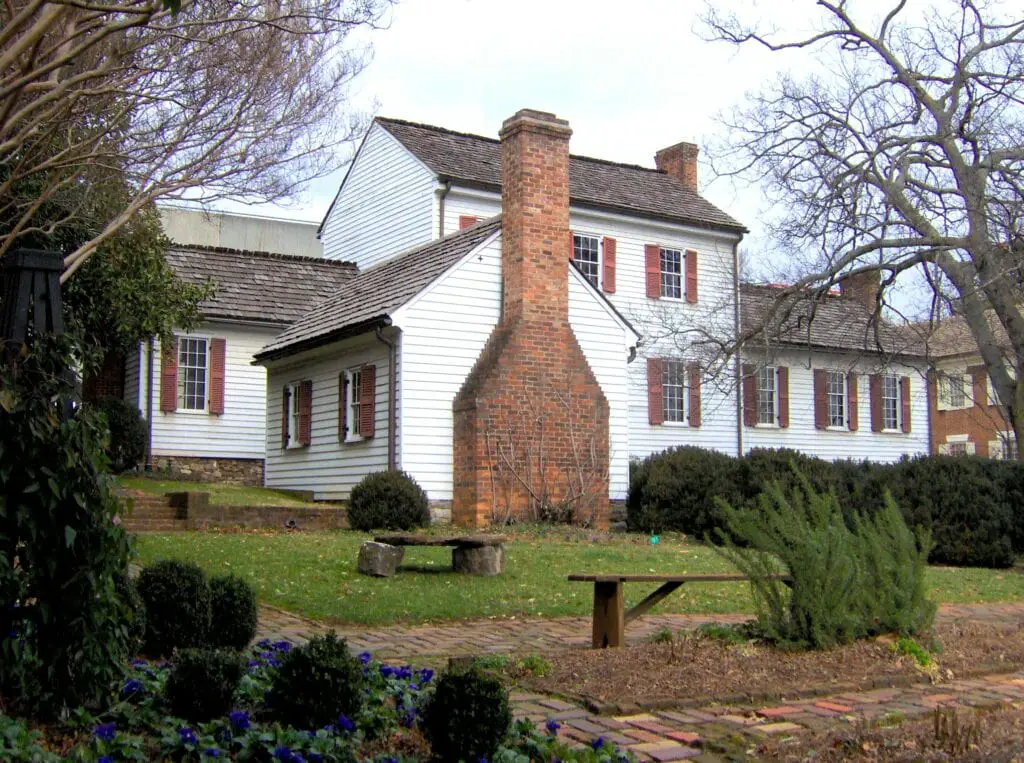
The 1960s marked a significant milestone in the mansion’s history when it was designated a National Historic Landmark. This recognition underscored the mansion’s importance as a historical and architectural treasure.
The Blount Mansion Association has continued to maintain and preserve the mansion, ensuring it remains a vibrant part of Knoxville’s cultural and historical landscape.
Through their dedication, the mansion has been transformed from a near-ruin to a museum that educates and inspires visitors about the rich history of Tennessee and the United States.
Blount Mansion Today: A Museum and Educational Center
Since its opening as a museum in 1926, Blount Mansion has served as Knoxville, Tennessee’s window to the past. It is the city’s oldest operating museum and is Knoxville’s only National Historic Landmark.
The mansion preserves the physical structure of William Blount’s home. Through its educational programs and events, it promotes the rich history of the nation, the state of Tennessee, and Knoxville.
The Blount Mansion Association has been instrumental in transforming the mansion into a vibrant educational center.
Visitors can take guided tours that offer insights into William Blount’s life, the architectural significance of the mansion, and the historical context of the 18th century.
The mansion also hosts special events throughout the year, including historical reenactments, lectures, and workshops that engage the community and visitors in exploring history.
The mansion has recently embraced modern technology to extend its educational reach. The introduction of virtual tours has allowed people worldwide to explore the mansion’s rooms and learn about its history from the comfort of their homes.
This digital expansion is part of the Blount Mansion Association’s ongoing efforts to inspire a deeper appreciation of history across diverse audiences.
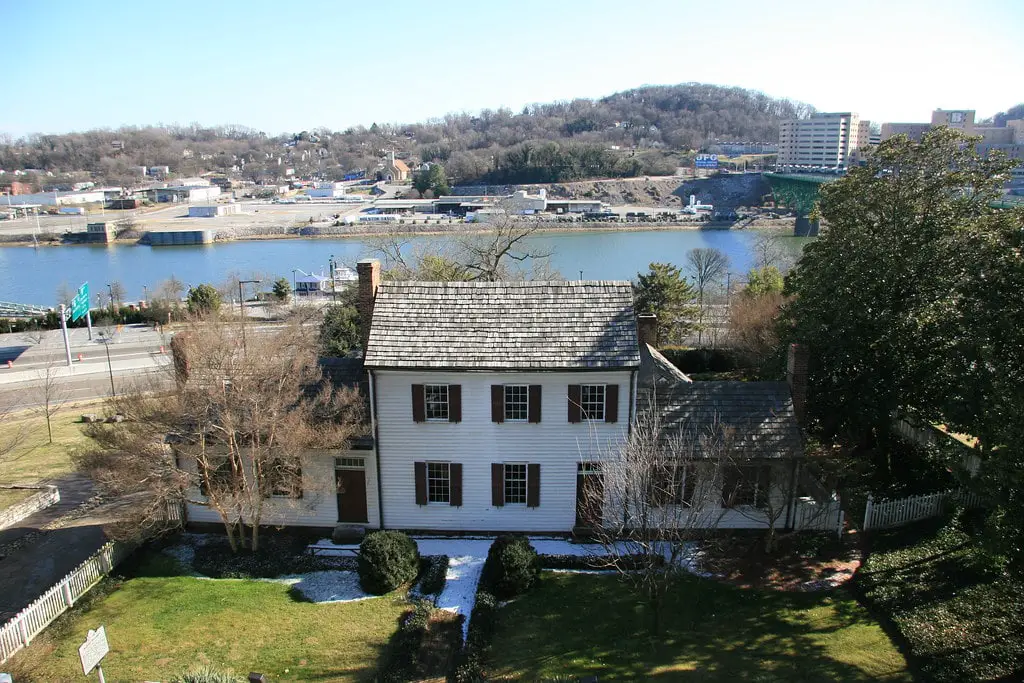
Recent News and Events
The Blount Mansion continues to make headlines with its active role in the community and its ongoing preservation and educational efforts. One notable event is the discussion with local restoration expert James Hooper, scheduled for February 22, 2024.
This event, “From London to Knoxville: An Exploration of East Tennessee Furniture and Its Conservation,” aims to illuminate the region’s rich furniture-making tradition and the importance of conservation efforts.
Proceeds from the event will support the mansion’s continued conservation work and highlight the community’s involvement in preserving this historical landmark.
External factors, such as the weather, sometimes affect the mansion’s operations. For instance, due to winter weather conditions, Blount Mansion announced a temporary closure from January 18 to January 21, 2024, prioritizing the safety of visitors and staff.
Such closures, while rare, demonstrate the mansion’s responsiveness to immediate circumstances and its commitment to the visitor experience.
The Knoxville Garden Club awarded a $50,000 Centennial Anniversary Grant to the Blount Mansion Association in a significant development for the mansion’s surroundings.
This generous grant, announced in early 2024, is earmarked to expand the mansion’s gardens. The project aims to enhance the outdoor space, making it more inviting and educational for visitors.
This grant underscores the community’s support for the mansion and its role in promoting green spaces and environmental education in urban settings.
Architectural and Archaeological Discoveries
Over the years, Blount Mansion has been the site of numerous archaeological and architectural studies that have provided valuable insights into Knoxville’s early history and its inhabitants’ lifestyles.
In the 1970s and again in the 1980s, archaeologists excavated the mansion’s grounds, uncovering foundations of outbuildings and a wealth of late 18th-century artifacts.
These findings have helped historians and archaeologists create a more complete picture of daily life in the Southwest Territory.
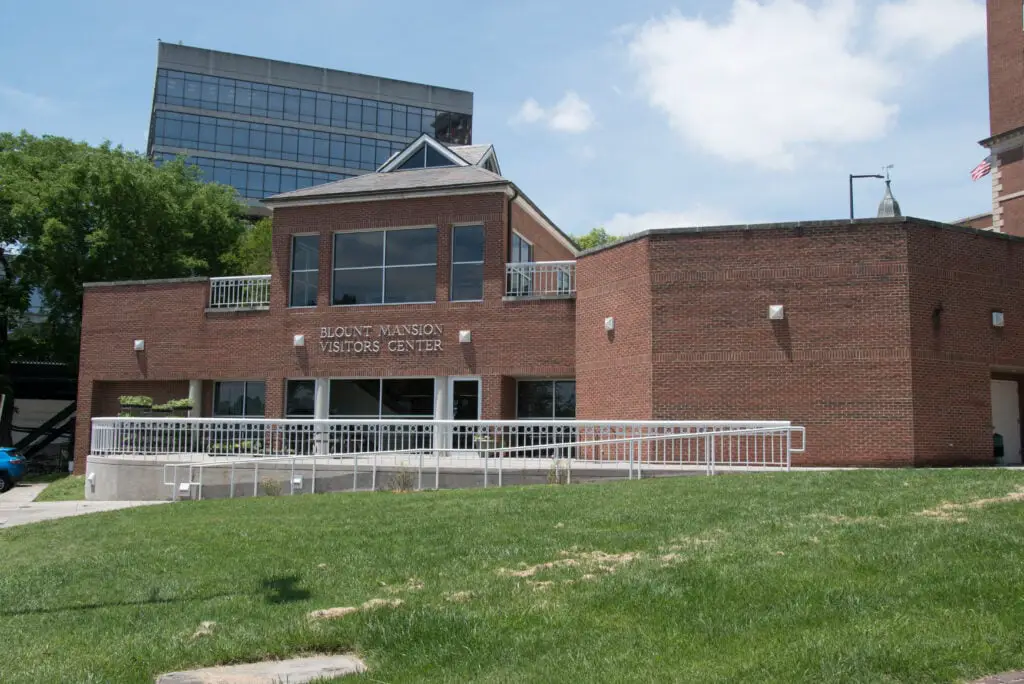
One of the most significant discoveries was the original foundation of the mansion’s detached kitchen. This discovery, made in the late 1950s, led to the reconstruction of the kitchen on its original site, using materials and techniques faithful to the 18th century.
This project restored a key part of the mansion’s layout and provided insights into the culinary practices of the time.
An architectural analysis conducted in the 1990s identified six distinct construction phases at Blount Mansion, suggesting that the mansion did not acquire its final form until around 1815.
This analysis has been crucial in guiding the restoration efforts, ensuring that they are accurate and respectful of the mansion’s historical integrity.
Through these discoveries and ongoing research, Blount Mansion continues to reveal the complexities of frontier life and the architectural innovations of the period.
The Mansion’s Role in Community and Culture
Blount Mansion plays a pivotal role in Knoxville’s community and cultural life, bridging the past and present.
The mansion’s educational programs and events highlight the site’s historical significance and foster community among residents and visitors.
Through school field trips, public tours, and special events, the mansion educates people of all ages about the history of Tennessee and the United States, promoting an appreciation for the nation’s heritage.
The mansion’s involvement in local and national historical events reinforces its status as a key cultural institution.
Whether hosting lectures on historical topics, celebrating significant anniversaries, or participating in heritage festivals, Blount Mansion remains at the forefront of Knoxville’s cultural and educational activities.
These events draw attention to the mansion’s historical importance and contribute to the city’s vibrant cultural scene.
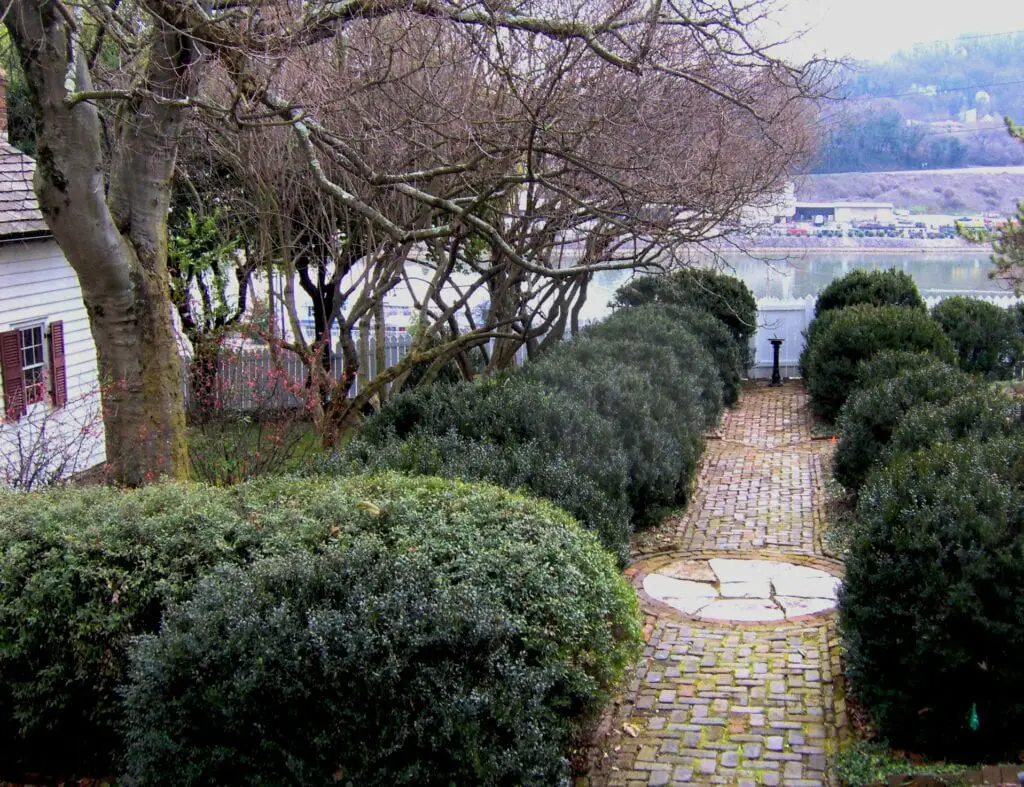
Looking to the future, the Blount Mansion Association has outlined plans for further restoration projects, educational initiatives, and community engagement efforts.
These plans aim to enhance the visitor experience, expand the mansion’s academic offerings, and strengthen its role as a community resource.
By continuing to engage with the community and adapt to changing needs, Blount Mansion ensures it remains a relevant and cherished part of Knoxville’s cultural landscape.

